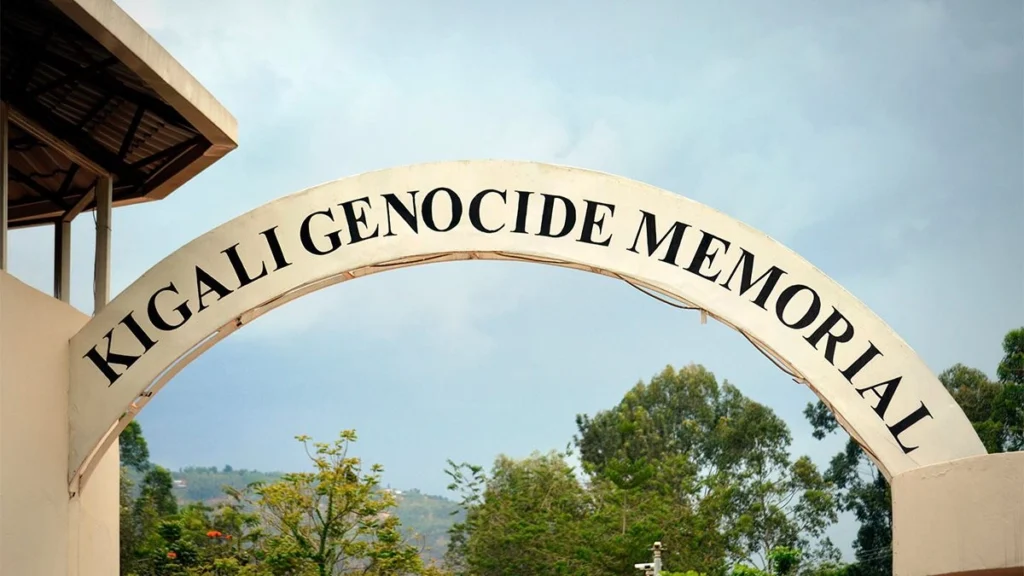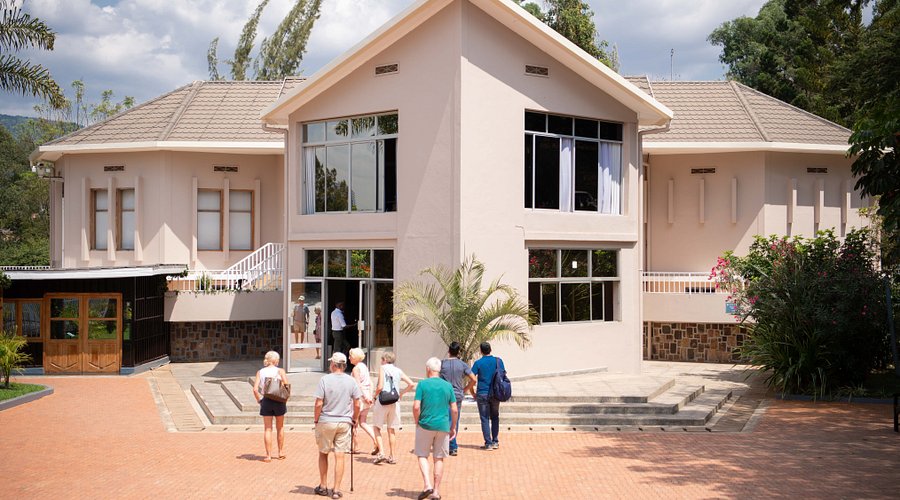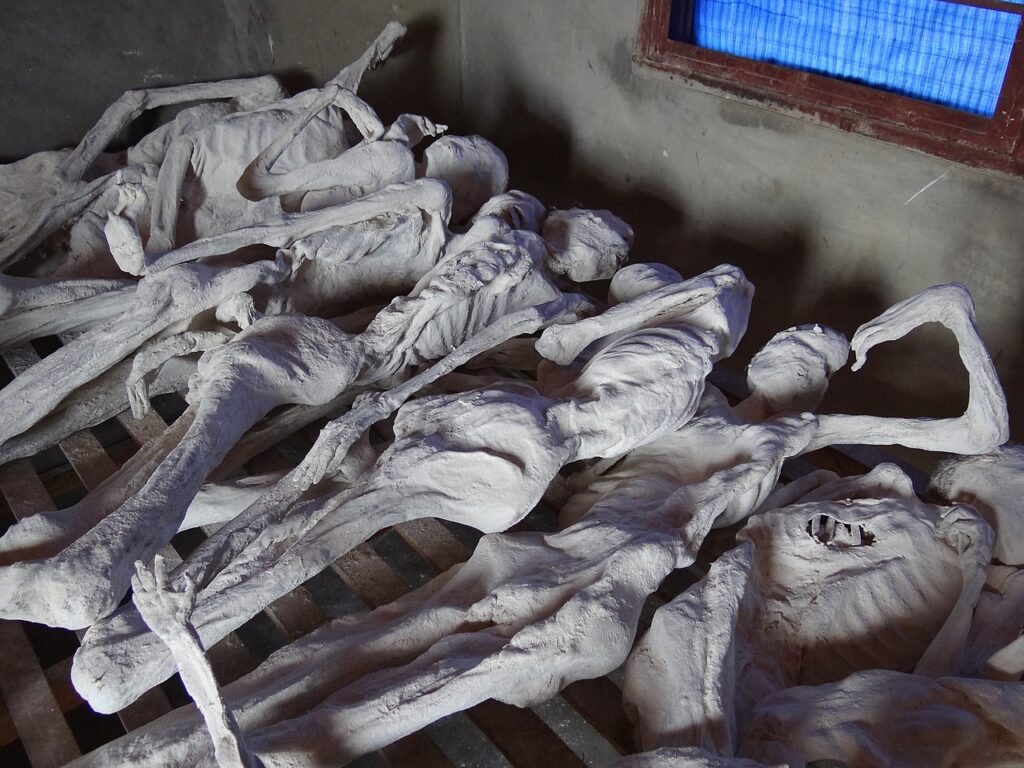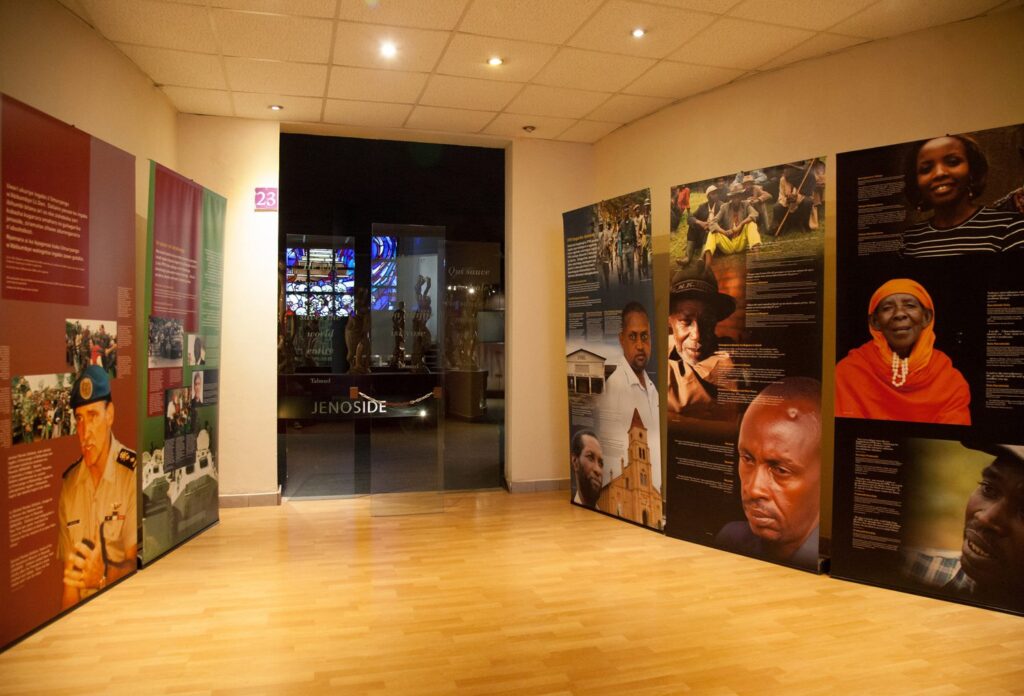
Rwanda’s most profound and sobering experiences lie not in its natural wonders, but in confronting the darkest chapter of its recent history. Genocide memorial tours offer essential context for understanding modern Rwanda’s remarkable transformation, honoring the memory of over one million victims of the 1994 genocide against the Tutsi, and learning powerful lessons about humanity, hatred, reconciliation, and hope. While emotionally challenging, these memorial visits are crucial for any traveler seeking to truly comprehend Rwanda’s past, present, and inspiring future.
The Kigali Genocide Memorial: A Starting Point
The Kigali Genocide Memorial stands as Rwanda’s principal site of remembrance and education, located in the Gisozi district where over 250,000 victims are buried in mass graves. This beautifully designed memorial complex combines burial grounds, exhibition halls, gardens of reflection, and educational centers into a deeply moving experience that requires 2-3 hours to fully absorb.

The permanent exhibition traces Rwanda’s history from pre-colonial times through Belgian colonial manipulation of ethnic divisions, the build-up to genocide, the horrific 100 days from April to July 1994 when neighbors turned on neighbors in orchestrated mass killings, and the nation’s subsequent reconstruction. Personal testimonies, photographs of victims, displays of victims’ belongings, and detailed documentation create visceral understanding of the genocide’s scale and individual human cost.
The children’s room proves particularly heart-wrenching, featuring photographs of murdered children alongside details of their favorite foods, toys, and final words—powerful reminders that behind statistics are individual lives brutally cut short. Outside, peaceful memorial gardens provide space for reflection and processing the overwhelming emotions these exhibits evoke.
Memorial Sites Throughout Rwanda

Murambi Genocide Memorial in southern Rwanda preserves one of the genocide’s most horrific sites where approximately 50,000 people were massacred at a technical school. Lime-preserved bodies remain displayed in classrooms where victims sought refuge—a stark, confronting presentation that some visitors find too intense but powerfully illustrates the genocide’s brutality.
Nyamata and Ntarama Church Memorials southeast of Kigali represent countless churches where Tutsis sought sanctuary only to be slaughtered inside supposed safe havens. Bloodstained clothing, identification cards, and skulls remain displayed, while bullet holes and grenade damage scar walls—silent witnesses to betrayed trust and systematic murder.
Bisesero Memorial in western Rwanda honors the resistance of Tutsis who fought back against their attackers for weeks on hilltops before being overwhelmed. This site emphasizes that despite impossible odds, some victims fought courageously rather than accepting death passively.
Understanding Rwanda’s Reconciliation Journey
What distinguishes Rwanda’s memorials from other genocide sites worldwide is their forward-looking emphasis on reconciliation, unity, and prevention. Exhibits don’t simply document horror—they explore how societies descend into mass violence, how propaganda dehumanizes targeted groups, and how ordinary people become perpetrators. These lessons extend beyond Rwanda, offering insights into preventing future genocides globally.

Rwanda’s gacaca community courts, reconciliation villages where perpetrators and survivors live side-by-side, and national policies promoting unity over ethnic division demonstrate the country’s commitment to healing. Memorial tours often include discussions about these reconciliation efforts, revealing the complex, ongoing work of rebuilding society after unimaginable trauma.
Approaching Memorial Visits Respectfully
Genocide memorial tours demand emotional preparation and respectful behavior. These are not tourist attractions but sacred spaces of mourning and remembrance. Photography is restricted or prohibited in many areas, voices should remain hushed, and appropriate clothing (covering shoulders and knees) is required.
Allow time to process emotions—many visitors experience profound sadness, anger, or overwhelming grief. Memorial staff and guides understand these reactions and can provide support or quiet spaces for reflection. Consider spacing memorial visits throughout your trip rather than visiting multiple sites consecutively to avoid emotional exhaustion.
Why These Tours Matter
While Rwanda offers incredible natural beauty and wildlife experiences, understanding the genocide context transforms surface-level tourism into meaningful engagement with Rwanda’s story. The memorials explain why plastic bags are banned (environmental restoration symbolizing renewal), why community service days occur monthly (rebuilding social fabric), and why Rwandans emphasize unity over ethnic identity (preventing future division).
Visitors consistently describe memorial tours as the most impactful experiences of their Rwanda journeys—difficult, emotionally draining, but ultimately inspiring as they witness how a nation can emerge from genocide’s ashes to become a beacon of hope, development, and reconciliation.
Honoring Memory, Inspiring Hope
Genocide memorial tours challenge visitors to confront humanity’s darkest capabilities while celebrating resilience, forgiveness, and transformation. These experiences honor victims’ memories, support survivors’ ongoing healing, and ensure the world remembers with the commitment: “Never Again.” For travelers willing to engage with difficult history, Rwanda’s memorials offer profound lessons that extend far beyond one country’s tragedy, illuminating universal truths about human nature, hatred’s dangers, and reconciliation’s possibilities.
Book 1 day Kigali city tour for chance to visit these genocide memorial sites in Rwanda – simply contact us now by sending an email to [email protected] or calling us on +256-700135510 to speak with the reservations team.








